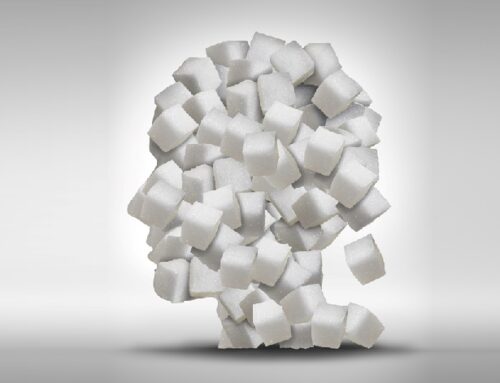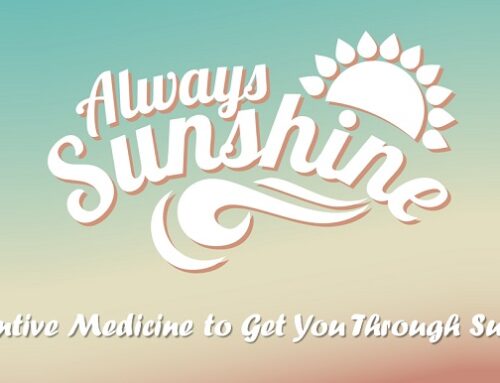By Maria Jauhar, M.D.
Cholesterol has been a topic for so long that we might say boredom is part of what makes high-LDL cholesterol such a threat to our health. People have heard warnings in the news, claims from food products and, in recent years, pharmaceutical advertising with vague claims and droning disclaimers for so long that cholesterol has blended into the background of our lives.
And that’s a problem. Because camouflaged in that background, cholesterol is connected to heart attack and stroke, the No. 1 and No. 4 causes of death in the U.S.
It’s a Better Story Than You Think
It doesn’t take much imagination to see that this static hum of cholesterol talk has all the makings of a detective thriller when you look into it. Except that the story ends with the killer still on the loose, and hiding in plain sight.
More than 60 years ago, doctors and public health officials began to remark on a rapid rise in heart attacks, particularly among men barely past middle age. Somehow tens of thousands of people who had survived the Great Depression and World War II were dying suddenly. At work. At play. At home.
In the greatest period of optimism and prosperity our nation had ever seen, many of the men and women who made it possible did not live long enough to enjoy it. Deaths from heart attack shot up 37% from 1950 to 1970 – nearly 200,000 more deaths per year – and continued to rise relentlessly through 1983.
Looking Beyond the Usual Suspects
The pervasive smoking of that day and age was suspected, but no one seemed to want to indict such an intimate friend. Looking for additional factors, researchers became interested in the waxy fat, cholesterol. The body needs it, in some forms and measures, but the tendency for it to build up on artery walls in a form called plaque became suspect.
Autopsies of soldiers who died in combat during the Korean War put cholesterol in the center of the investigation. It was found that American men as young as their early 20s already had substantial plaque buildup in the arteries. The presumption that this was just a natural part of aging began to evaporate.
Many Factors Deep and Stubborn
Heredity plays a part in high cholesterol, yes, but other risk factors are well within our grasp. It’s just that some of them may take effort to change.
Diet is more than nutrition. It is custom, heritage, regional and family identity. So only with respect can we overturn some of the ingredients that contribute significantly to high cholesterol. The good news is that we miss some of those foods and cooking styles a lot less than we think we will. And we can be sure that our relatives and loved ones would much rather have us with them than hear the same old answer to, “Grilled or fried?”
Denial shouldn’t be overlooked as a contributing factor. Many of us don’t like admitting we’ve reached the age of cholesterol awareness, not even to ourselves. But take heart. The CDC suggests beginning cholesterol screening in our 20s! Well, only every five years then, but the good news is we’re not admitting a thing by testing regularly.
Celebrate Life With Awareness
If cholesterol measurements and monitoring are not already part of your regular dialogue with your family physician, make this the month you begin. If you would like to schedule a cholesterol screening with us, then please schedule an appointment by calling 912.897.6832 or use our online appointment request form.
The National Lipid Association, a society of physicians and researchers, has a slogan, “Check yourself before you wreck yourself.” That’s a little harsh for our tastes, but it’s catchy. And let’s be frank. It isn’t any harsher than the truth.





